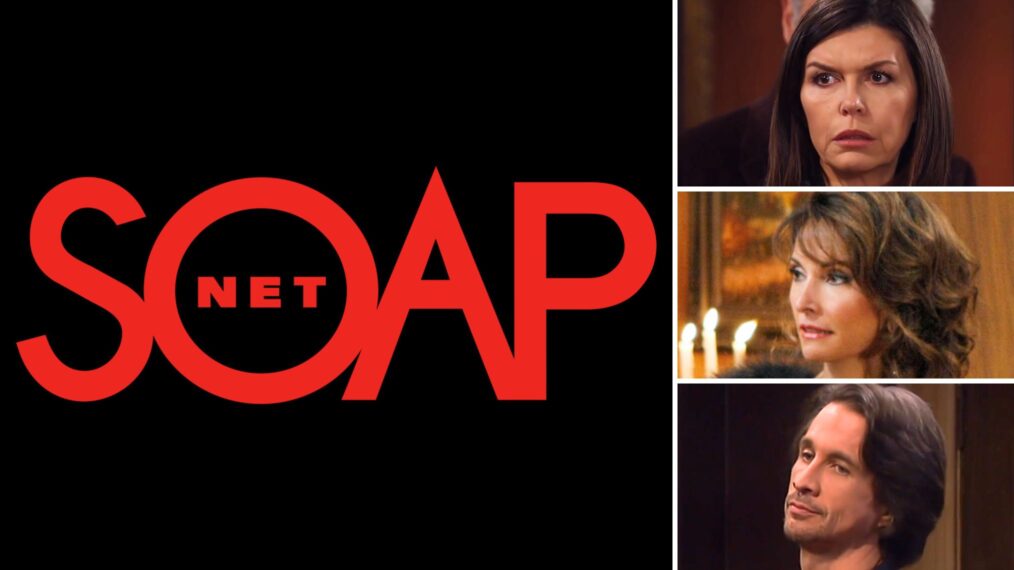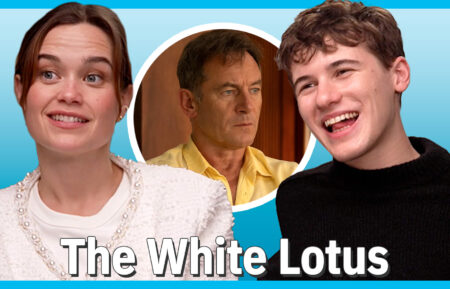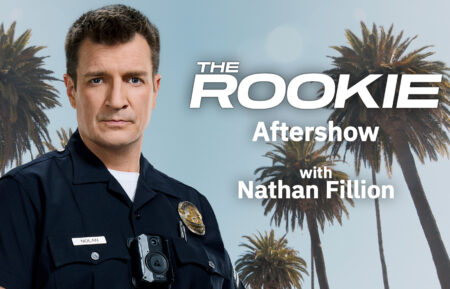Remembering SOAPnet: The Game-Changer for Soap Opera Fans Turns 25

For countless soap opera fans, the dawn of the new millennium 25 years ago brought a new way to watch their favorite shows. On January 20, 2000, Disney launched SOAPnet, a basic cable channel devoted to daytime dramas.
While the decline of soap operas had already begun — the number of daytime dramas on American broadcast TV was down to nine in 2000, half as many as were on in 1970, per Ad Age — SOAPnet still served a useful role for fans. The idea was that those who worked during the day could watch soap repeats during primetime and over the weekend.
“When SOAPnet launched, it was back in the videocassette-recorder days and you really could only record one episode at a time and you had to deal with all those cassette tapes,” soap opera expert Ed Martin explained to the Los Angeles Times in 2013. “SOAPnet made it easy to follow multiple soap operas at the same time.”
Initially, SOAPnet stuck to soaps from corporate sibling ABC, including All My Children and One Life to Live, but in time, it added sudsy programming from other networks, including NBC’s Days of Our Lives and CBS’ The Young and the Restless. Then it added primetime soaps, too, including hits from the 1980s (Dynasty, Dallas), 1990s (Melrose Place, Beverly Hills, 90210), and 2000s (The O.C., One Tree Hill).
And SOAPnet even offered original programming, including the talk shows Soap Center and SoapTalk and the reality competition I Wanna Be a Soap Star. One of the most high-profile originals came in 2007 with the premiere of the short-lived spinoff General Hospital: Night Shift.
SOAPnet became a “big moneymaker” for Disney, according to the Los Angeles Times, since it attracted new fans, brought in more advertising revenue, and reaped programming fees from cable and satellite TV operators. The channel eventually reached 75 million homes and peaked in ratings in the 2008–2009 season with a primetime average of 353,000 viewers, according to Ad Age.
After nearly half of U.S. households with pay television started using digital video recorders, however, SOAPnet fell out of favor with its corporate parent. In 2010, Disney announced plans to replace SOAPnet with Disney Junior.
“The launch of Disney Junior in the U.S. is the next step in our global preschool strategy, which began 10 years ago with the premiere of our first dedicated preschool channel in the UK. The decision to ultimately transition SOAPnet to accomplish this was not arrived at lightly,” Anne Sweeney, then the co-chair of Disney Media Networks and president of Disney–ABC Television Group, said in a statement at the time, per Soap Opera Network. “SOAPnet was created in 2000 to give daytime viewers the ability to watch time-shifted soaps, before multiplatform viewing and DVRs were part of our vocabulary. But today, as technology and our businesses evolve, it makes more sense to align this distribution with a preschool channel that builds on the core strengths of our company.”
As it turned out, the transition from SOAPnet to Disney Junior took years, as cable and satellite TV operators were “loath to drop SOAPnet, realizing that it was a favorite among the most dedicated fans,” the Los Angeles Times reported.
“SOAPnet had a great run,” Ben Pyne, then president of global distribution for Disney Media Networks, told the newspaper in 2013. “It served an audience of super-soap fans. And when given the opportunity, all of our affiliates kept the channel up and running.”
But SOAPnet finally went dark at midnight on January 1, 2014, after one last rerun of General Hospital, per Soap Opera Network. A message on SOAPnet’s Facebook page — which remains online, more than a decade later — thanks fans “for over 13 years of soapy drama.”
In a 2024 Reddit thread about SOAPnet’s demise, one viewer observed that the channel was just a victim of changing times, coinciding with the decline of soaps, the uptake of multiplatform viewing, and the advent of on-demand streaming. “I liked SOAPnet, too, but I also enjoyed renting movies from a [brick-and-mortar Blockbuster] store,” that viewer wrote. “Not all business concepts are made to last forever.”
From TV Guide Magazine
Crime, Comedy & Convenience Stores: Unwrapping Hulu's 'Deli Boys' With the Cast
Cupcakes, corndogs…and cocaine?! Two brothers find themselves in a hilarious pickle when they inherit an unseemly bodega biz in Hulu’s new comedy Deli Boys. Find out how The Sopranos and Real Housewives of Orange County influenced the cast. Read the story now on TV Insider.







